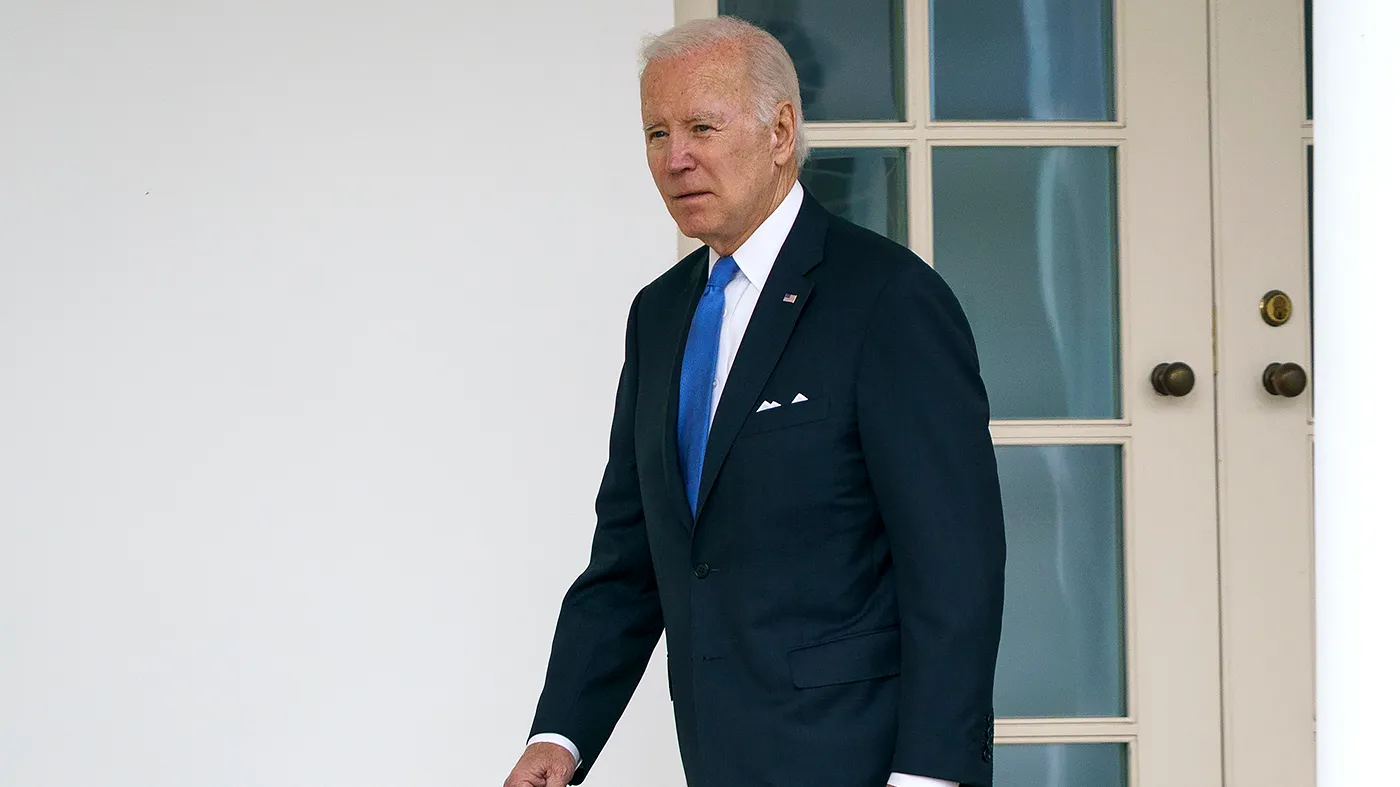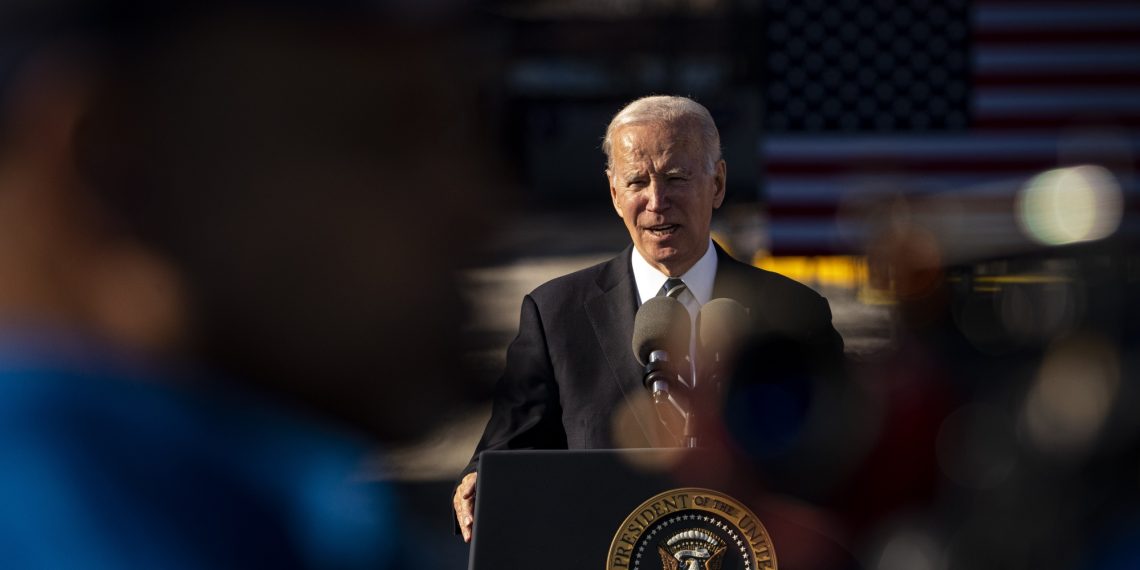U.S. President Joe Biden is set to unveil his proposed spending plan on March 11, a crucial document outlining the government’s fiscal priorities for the upcoming year starting in October. This proposal holds significant symbolic importance as Biden faces a re-election bid this year.
The spending plan, often viewed as a wish list, requires Congressional approval for implementation. However, the current political landscape, with Republicans controlling the House of Representatives and a faction loyal to potential 2024 opponent Donald Trump exerting influence, poses challenges for bipartisan agreement.
Tensions between Democrats and Republicans are exacerbated by a standoff over immigration policies, with Republicans obstructing Biden’s request for $61 billion for Ukraine’s defense against Russian forces and $14 billion for Israel following the October raids by Hamas.
In March of the previous year, Biden introduced a $6.8 trillion budget plan in Pennsylvania, a swing state crucial in elections.
The proposal included increased taxes on the wealthy and expanded spending from military allocations to healthcare subsidies. However, the plan faced resistance, leading to protracted negotiations and the absence of any enactment resembling the president’s initial proposal.

Complicating matters, Congress has yet to fully fund the government for the current fiscal year, ending in September. The recent signing of a third stopgap funding bill extends last fiscal year’s spending levels until the March 1 and March 8 deadlines, prompting the need for additional bills to secure a comprehensive full-year budget.


















